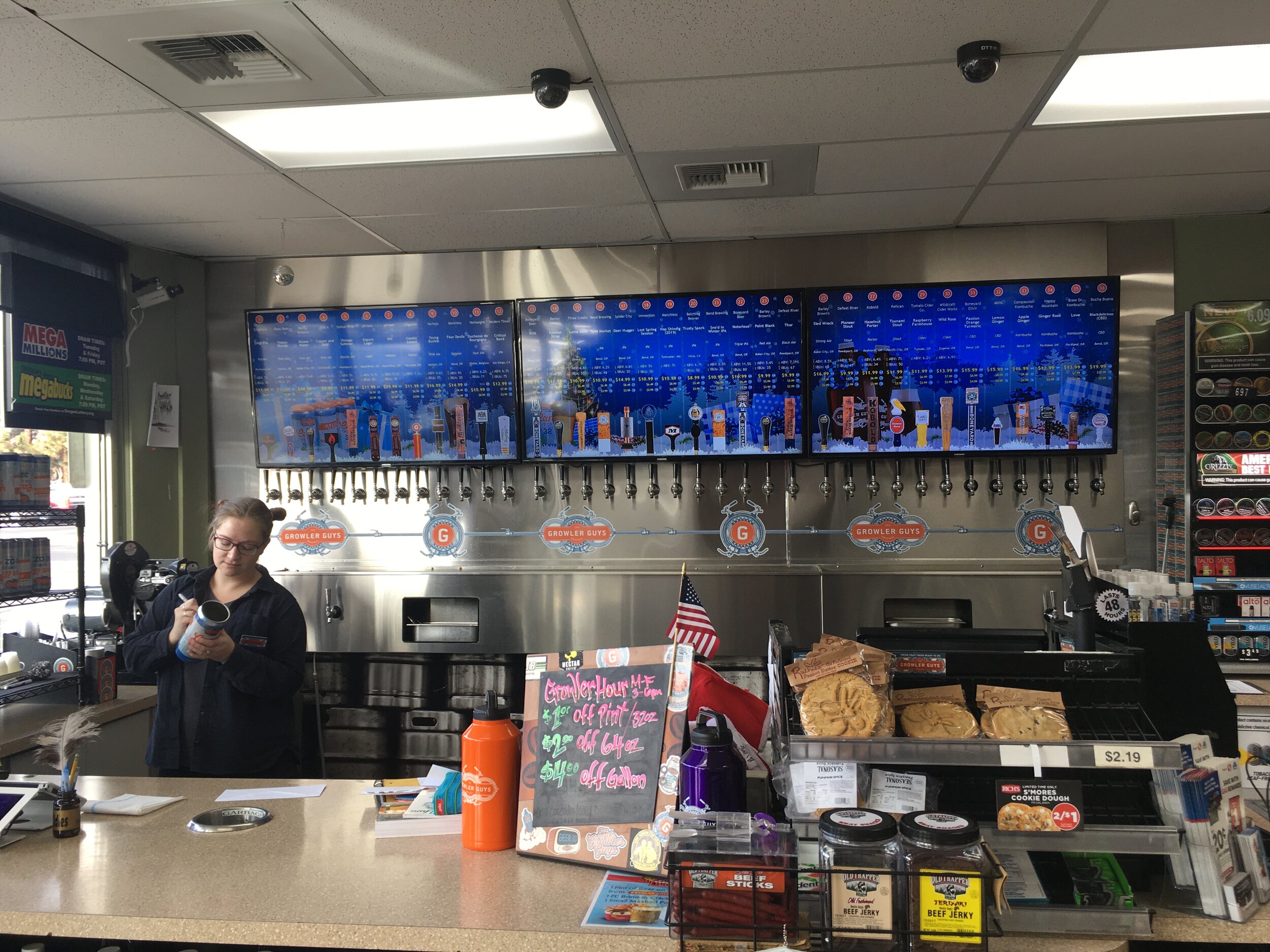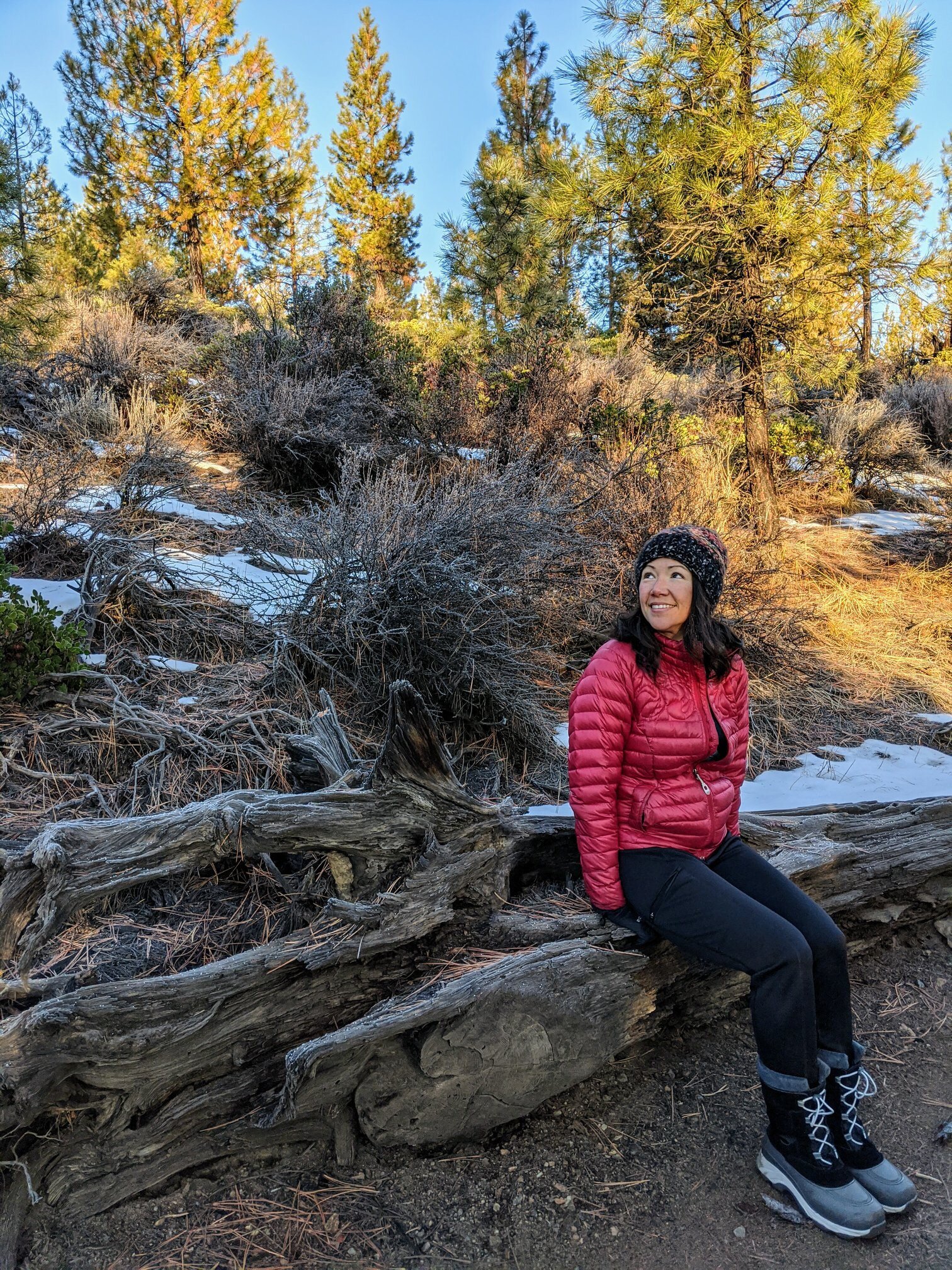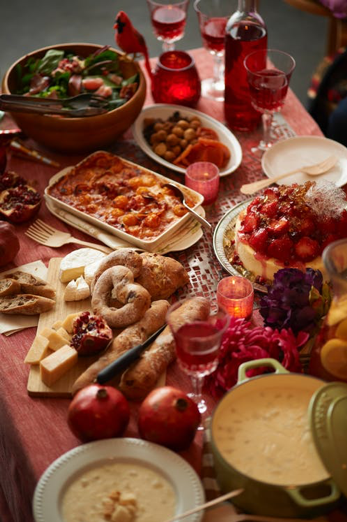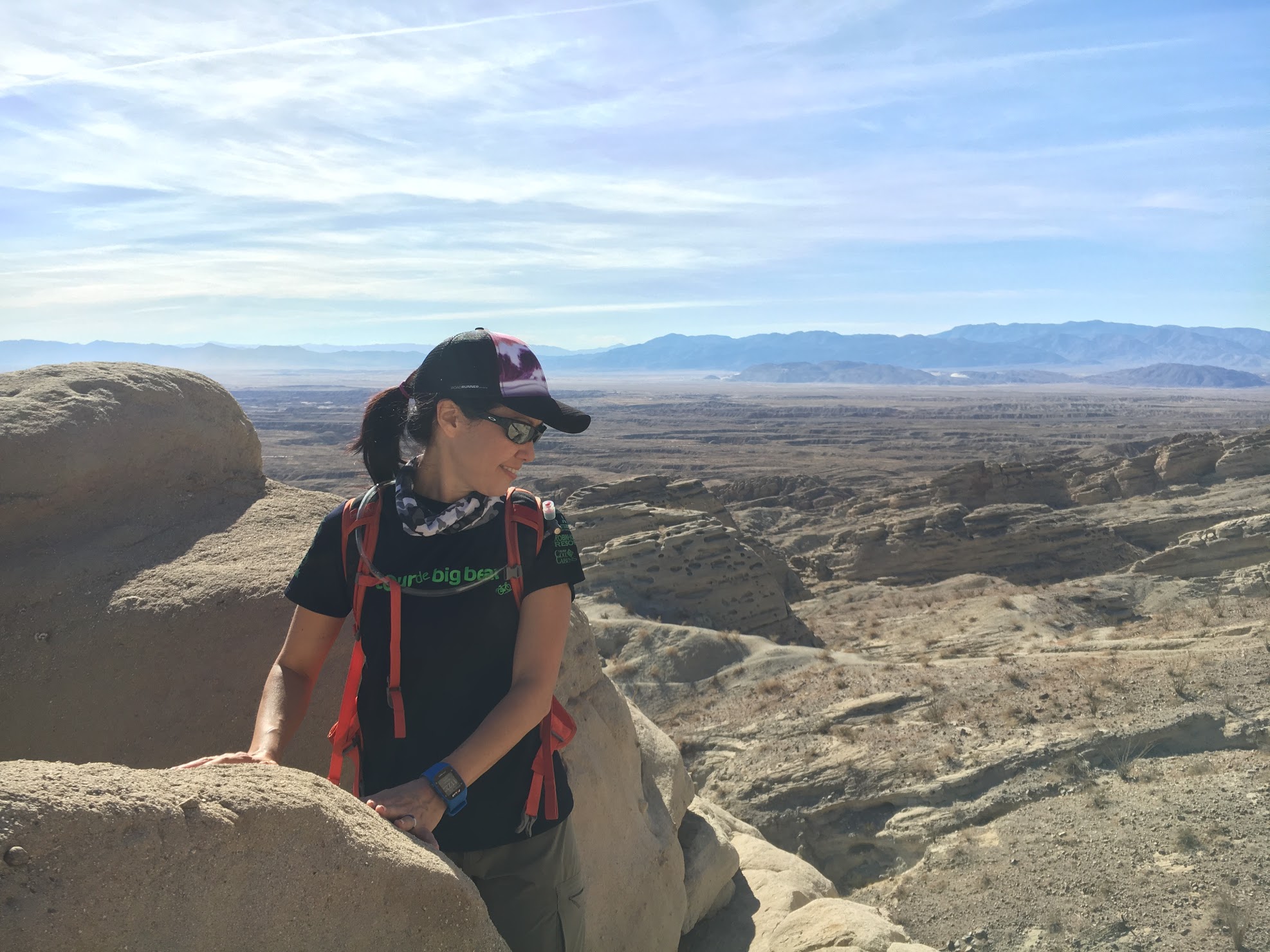Notice your actions-
We left off with you noticing your feelings and emotions. You’ve sat with them, maybe pondered why you feel the way you do, from your perspective. Now, it’s time to notice the actions you take, following those feelings.
For instance, if you let yourself ruminate on negative emotions, it leads to a downward spiral. Here is where it is MOST important to talk to someone. Talking it out, hearing yourself say what you are feeling, is very cathartic. It is helpful to have someone help you come up with a plan of action, working toward a good place in your heart. Writing is also a great way to work through emotions so that you are able to move forward.
I see a large outpouring of love, help, and support on news and social media, and that is uplifting. In general, everyone is trying to have a positive effect on this situation, and everyone wants to do their part in getting our communities through this. I really hope, when life returns to “normal”, that we all hold on to that desire to uplift each other and the community.
How are you reacting to people?
Now is the time to be grateful for the people in our lives, especially if we are in a home with them. Now is the time to be thoughtful and courteous to others, as everyone is under a bit more stress. Now is the time to be patient with others, as we are all trying to deal with this situation the best we can. Now is the time to be understanding and empathetic. We don’t know the things that others may be experiencing right now. Now is the time to be the bigger man/woman. If someone else is being callous, that person is likely acting out of fear. Reacting in an aggressive manner will only add to that person’s fear.
Less whining, more gratitude-
Many of us aren’t giddy about the idea of staying home. Especially as spring is here and the weather is looking A-mazing. But we need to work together to get through this, and that means staying home as much as we can, and keeping more than a safe distance from others. We’re sacrificing a bit of freedom, but it is NOT as bad as it could be. If you have a home to stay in, be grateful. If you have food to eat whenever you are hungry, be grateful. If you have a neighborhood you can walk around safely while practicing social distancing, be grateful. If you have any family, any friends, be grateful. If you are well…be damn grateful. <Check out my friend, Kristi’s 28 days of gratitude.>
We are all sacrificing, some much more than others. Our energies are much better spent practicing gratitude and doing something to help the cause. Where will you focus your energy?
Rethinking what’s most important-
What is most important to you right now? What do you wake up for? Your family? Your health? Think about it. Write it down. Focus on that. Think positive thoughts. And be kind.
Do you find that your diet and exercise routine have changed in the past few weeks? How do you feel physically? Mentally? Tune in tomorrow when I’ll talk a bit about nutrition and exercise in this age of social distancing.



































